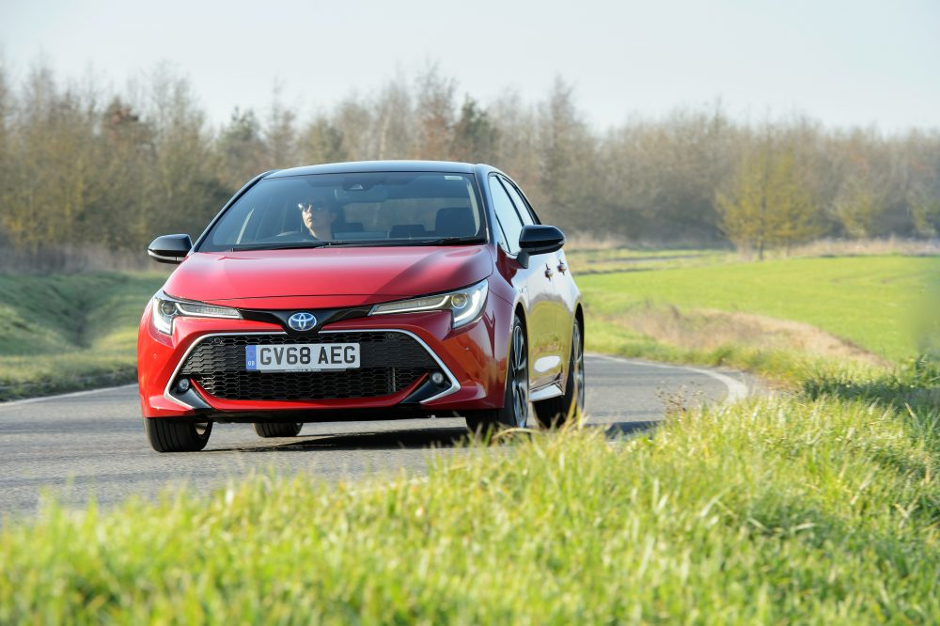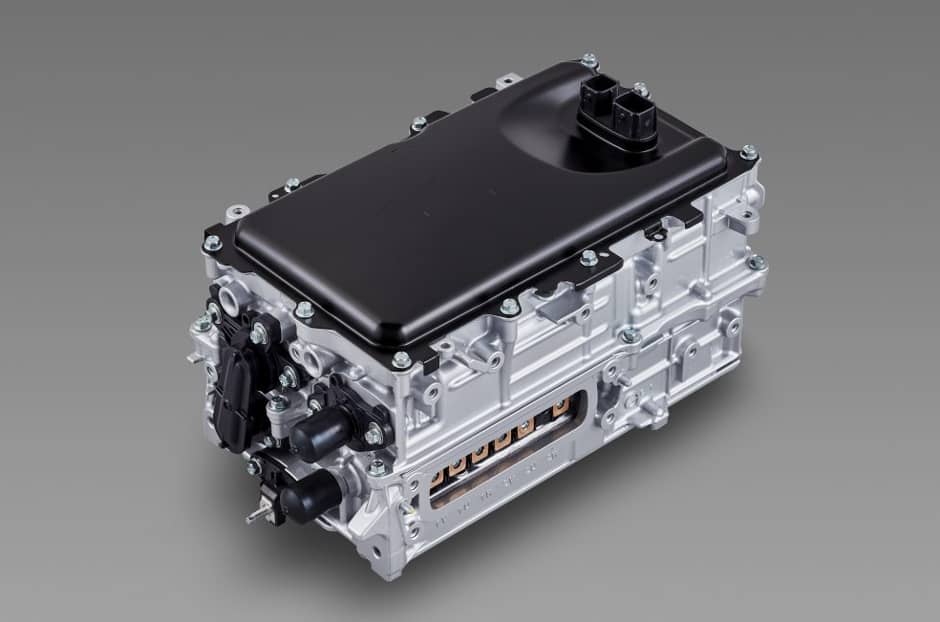Recent news that Toyota is planning to make a portfolio of nearly 24,000 of its electrification patents available to the wider market has caused shockwaves across the automotive sector. Whilst an undeniably bold move, the car manufacturer’s motives remain unclear. Could this be an attempt to further stimulate the market, or is Toyota playing a longer game in a quest to generate revenue from its intellectual property assets?
The patents that will soon be available relate mainly to powertrain, electric motor systems and charging technology commonly used in the Prius, Toyota’s most successful hybrid vehicle and one of the most popular worldwide. In 2018, Toyota reported that 46 percent of its European car sales were made up of hybrid electric vehicles and whilst the Prius is synonymous with hybrid vehicles across the world, the rapid development and availability of all-electric vehicles is beginning to challenge their market share.

Unlocking its electrification patent portfolio may be a strategic move by Toyota, to stimulate further market development in the hybrid vehicle space. As the dominant manufacturer in this area of the automotive industry, giving innovators the opportunity to utilise its technology on a royalty free basis until 2030 may open up further pockets of growth.
This is not the first time that a major AM has opened up its patent portfolio in this way. In 2015, Toyota lifted restrictions on a number of its hydrogen fuel cell patents and in 2014, Elon Musk took the same approach with Tesla’s portfolio of EV supercharging patents. Interestingly, industry take-up for the latter was lower than expected. The giveaway was accompanied by relatively nebulous promises about fair use, with Tesla promising not to sue anyone who made use of them. The lack of clarity may well have persuaded some innovators not to engage.
So, how is Toyota’s latest patent giveaway likely to fare? For AMs already operating in the hybrid vehicle space, the patents are likely to be of lesser interest. Although, in a portfolio of such a significant size, it is likely that some patented technologies could prove more interesting than others. For newcomers to the market, the opportunity to utilise Toyota’s technologies will be extremely tempting, potentially allowing them to leap forward in the race to market.
However, the complexities which could come from licensing the patented technologies should not be ignored and could be difficult to navigate. Despite being free at the point of use, strict criteria may need to be adhered to and innovative newcomers would need to license a significant slice of the patent portfolio to secure any real advantage. This administrative burden could dissuade early-stage companies from taking the plunge.
In terms of its target market for the patent giveaway, Toyota probably has innovators in both China and Europe in its sights. As demand for hybrid and all-electric vehicles grows rapidly in Europe, there is likely to be some interest in the patents domestically.

With Chinese innovators grappling with new stringent emissions targets, whilst at the same time having little in the way of established IP at their disposal, there is likely to be considerable interest from innovators in Asia too. For Chinese investors with rich funding pools, Toyota’s patent giveaway could be an attractive proposition.
Ultimately, it is too early to say how ‘useful’ this patent giveaway could be and close analysis of the small print will be required. If innovators are genuinely being offered an opportunity to use the technology as a base platform to develop their own products, saving them from starting from scratch, then the prospect of reduced development and associated costs will be a significant draw, in particular to new entrants to the hybrid and EV market.
On the other hand, the move could be an attempt by Toyota to boost intellectual property licensing revenues over a longer period of time. Patents have a lifespan of 20 years and the AM has announced that the royalty-free agreement will terminate at the end of 2030, with the possibility of further licenses being offered after that point. This could mean that a potentially significant portion of the portfolio could require re-licensing after 2030.
Furthermore, Toyota would undoubtedly continue to innovate in this space between now and 2030 and any company taking advantage of the offer would potentially need licenses for the newly-developed technologies. By encouraging companies to enter the market based on the royalty-free license Toyota may well be securing new, significant, licensing opportunities for many years to come.
Regardless of the motive for Toyota’s patent giveaway, it is an unexpected move, which highlights the value of intellectual property assets and the critical role they can play in stimulating markets. The move is bound to have an effect, the only questions are how much and who will gain the most? Only time will tell.
Diego Black is a partner and patent attorney in the automotive electronics group at European intellectual property firm, Withers & Rogers.











Water Sector Talent Exodus Could Cripple The Sector
Maybe if things are essential for the running of a country and we want to pay a fair price we should be running these utilities on a not for profit...